- Home
- Multimedia
- Photo Gallery
- The Grim Reaper: Major farmer protests around the world in the past 100 years
The Grim Reaper: Major farmer protests around the world in the past 100 years
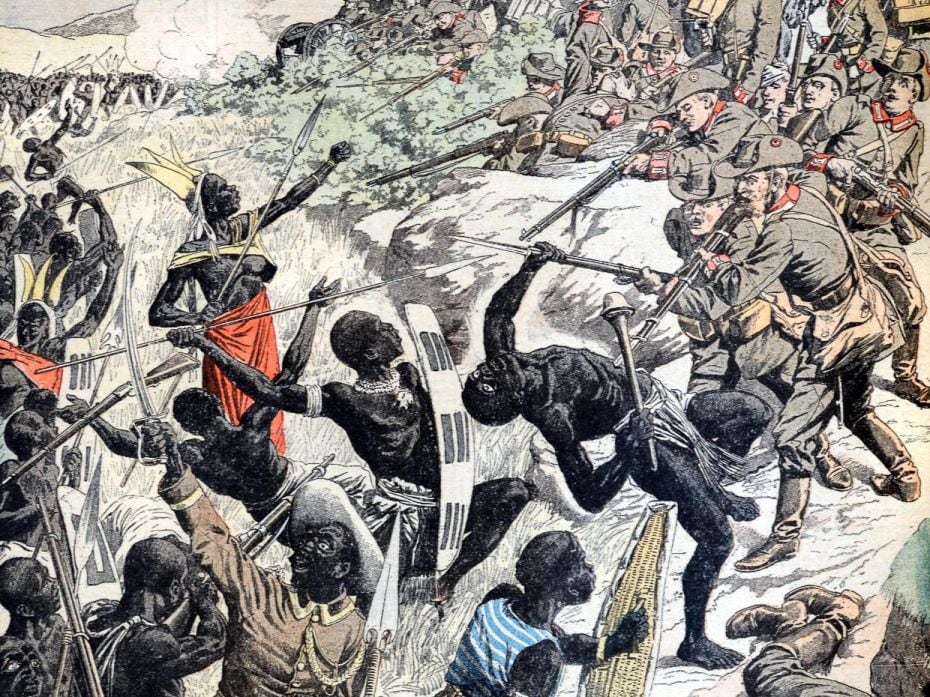
Image by : Chris Hellier/Corbis via Getty Images
NAMIBIA, 1904
When Germans established a colony of South West Africa (present day Namibia) at the end of the 19th century, acquisition of land was central to their colonial agenda. Relations between the Germans and the local Herero tribes began to deteriorate as the settlers grabbed land and livestock. Soon revolts began and the bloody war brought about the first genocide of the 20th century
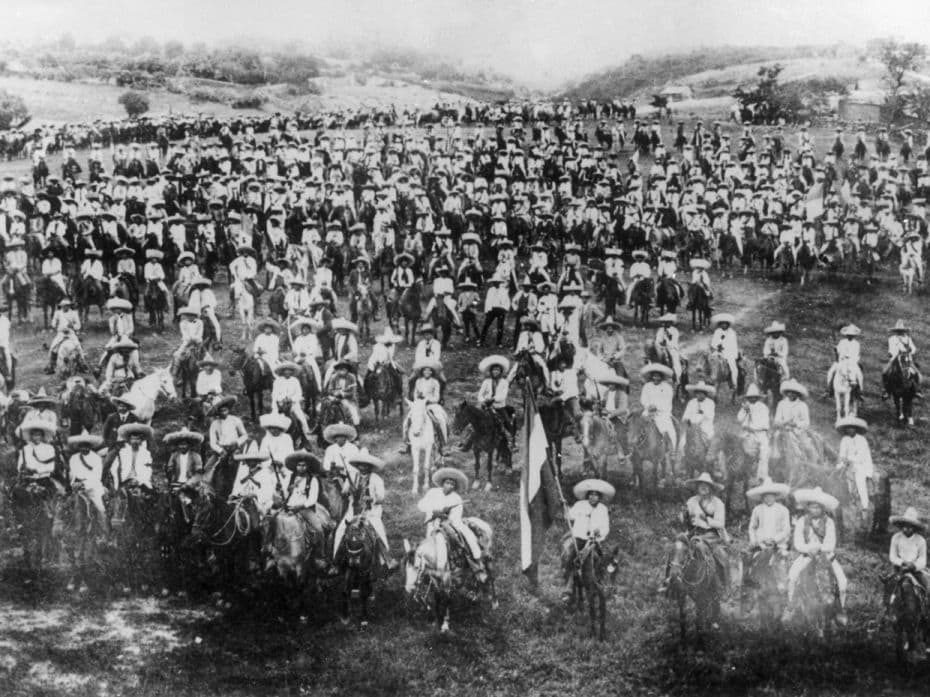
Image by : Hulton Archive/Getty Images
MEXICO, 1910
Mexican revolutionaries Pancho Villa and Emiliano Zapata assemble with their army of peasants and farmers on horseback, Mexico circa 1910. Zapata was not a peasant himself, but led peasants in his home state of Morelos in the warfare to regain their village lands and return to subsistence agriculture

Image by : Keystone-France/Gamma-Keystone via Getty Images
THE US, 1935
A truck loaded with milk is thrown in the river during the Milk War around Wisconsin, US circa 1933. It all started in the early 1930s with the Great Depression, when some independent dairy farmers started agitating for a better price for their milk. The milk trucks were pushed into the river by striking farmers that were unhappy about the decreasing price of milk products
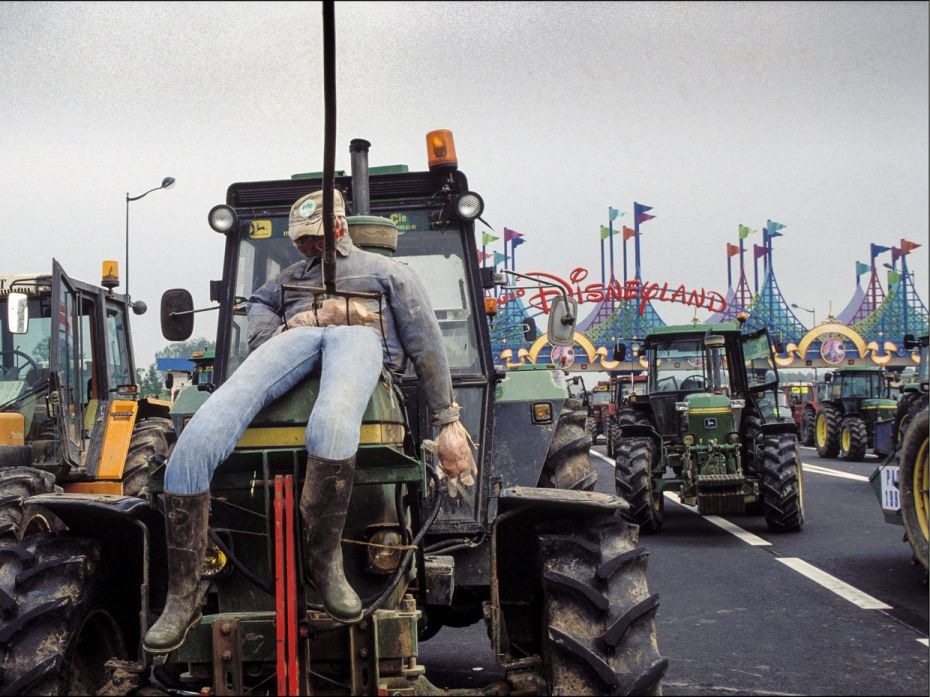
Image by : William STEVENS/Gamma-Rapho via Getty Images
FRANCE, 1992
Angered by American agricultural trade policies, tractor-driving French farmers blocked the entrance to the new Euro Disneyland outside Paris on June 26th, 1992, preventing several hundred families and busloads of schoolchildren from entering the park. "Euro Disneyland is the symbol of an American culture that has invaded our country," Daniel Deswards, one of the leaders of the protesting farmers was quoted as saying. "Now the Americans want to do the same thing to our agriculture."
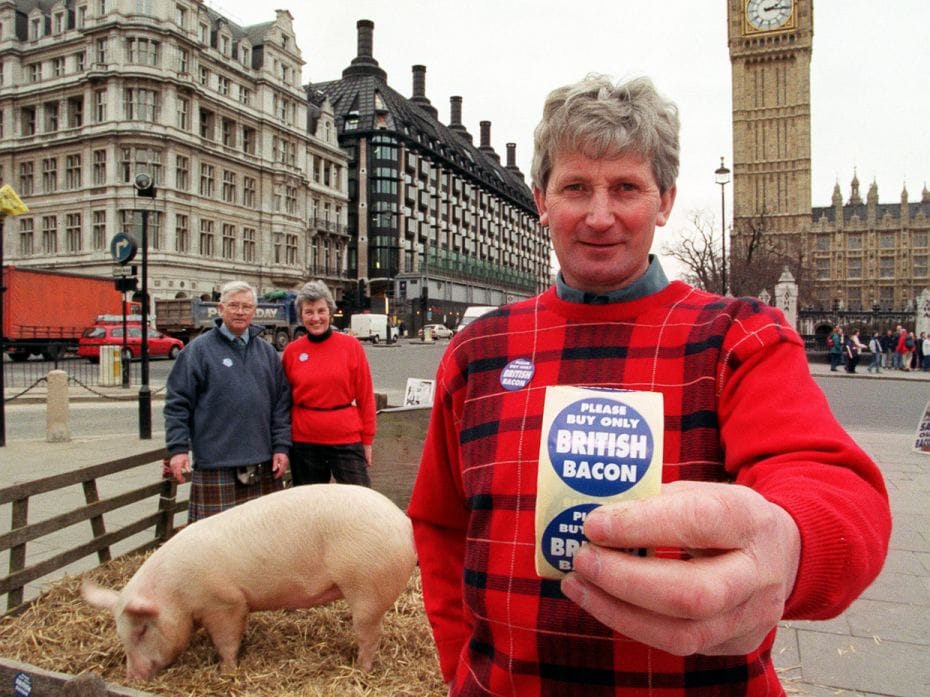
Image by : Matthew Fearn - PA Images via Getty Images
UK, 2000
Pig farmer William Marwick of Cowfords Farm, Fochabers, Scotland (right), with colleagues outside the Houses of Parliament in London on February 24, 2000, protests against the government's failure to help out the pig farming industry, which is in serious decline. Marwick is holding stickers with 'Please Buy only British Bacon’
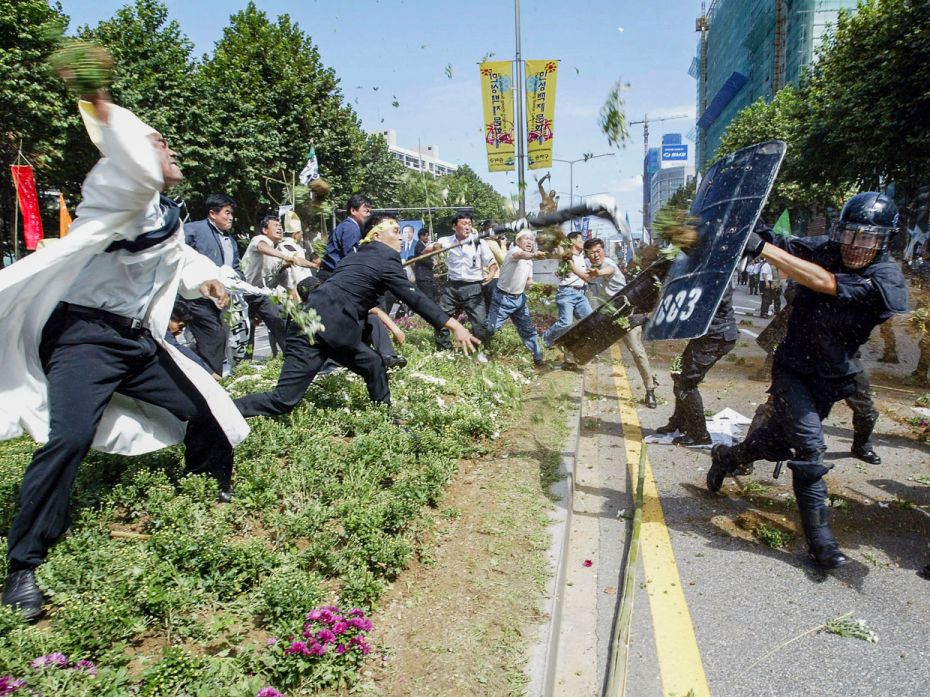
Image by : Ohmynews/Getty Images
SOUTH KOREA, 2003
South Korean farmers clash with riot police after the funeral ceremony for farm union leader Lee Kyung-Hae on September 20, 2003, in Seoul, South Korea. Kyung-Hae killed himself in Mexico outside a meeting of the World Trade Organization (WTO). He was protesting the WTO placing increasing pressure on South Korea to open up its agricultural sector to international competition
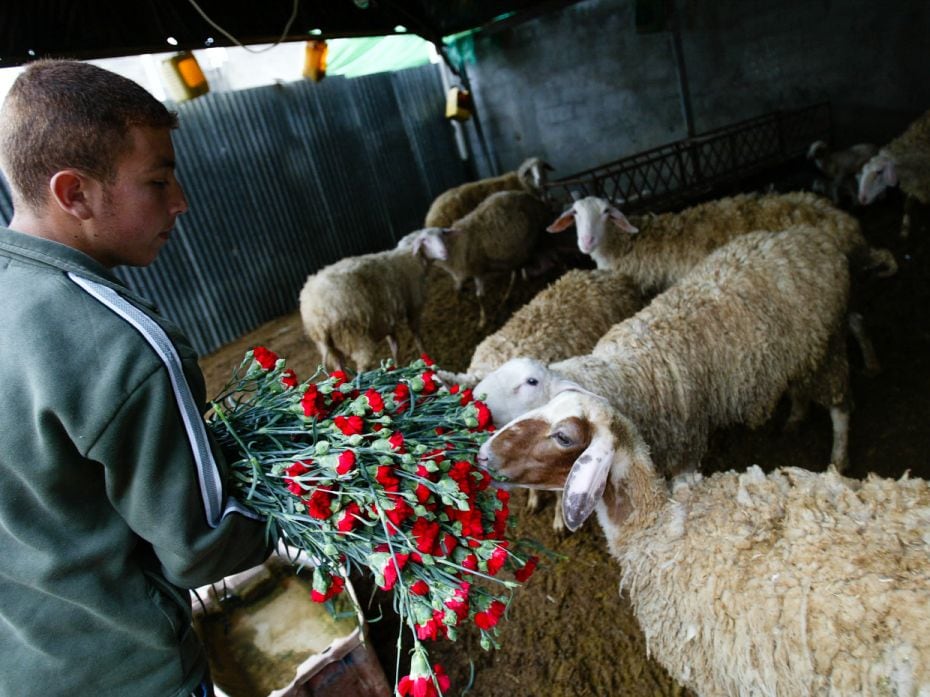
Image by : Abid Katib/Getty Images
PALESTINE TERRITORY, 2008
A Palestinian farmer feeds sheep with flowers in Rafah, a Palestinian city in southern Gaza Strip, on February 14, 2008. Palestinian farmers dumped truckloads of flowers at the Sufa border crossing with Israel on Thursday, feeding some of the crop to sheep, as a protest over Israeli export restrictions which prevent them from exporting their blooms to Europe for Valentine's Day
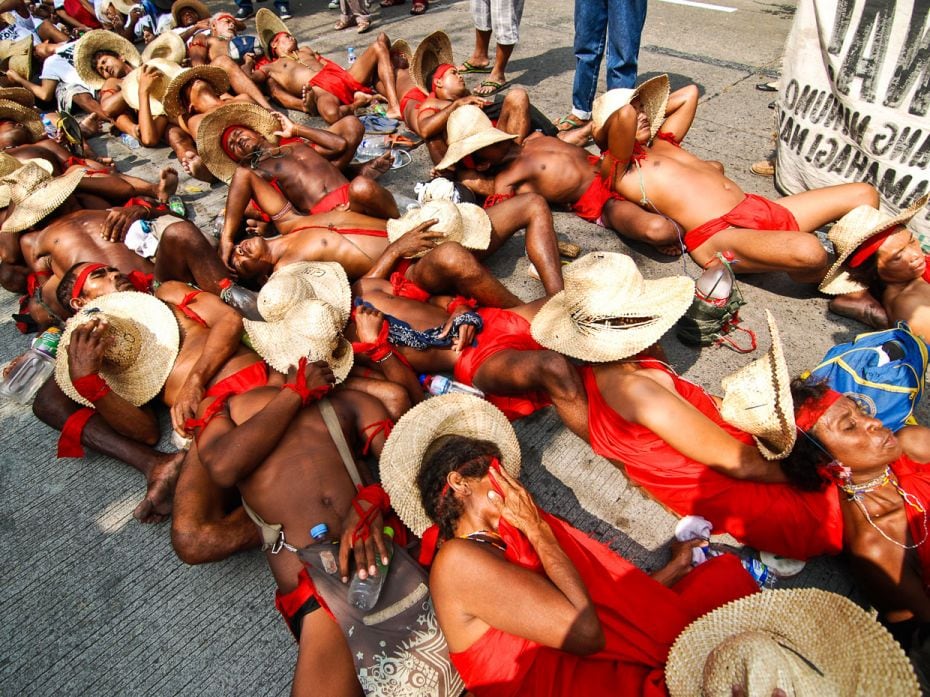
Image by : Dondi Tawatao/Getty Images
PHILIPPINES, 2012
Indigenous farmers and fishermen stage a 'die-in' protest to dramatise their plight upon their arrival in Quezon City on December 10, 2012, in Manila, Philippines. The group traveled 350 kilometers by foot from the northern region of Casiguran, Aurora to Manila in an effort to stop the construction of APECO, an export processing zone. The farmers say the project has already displaced 3,000 families in the area and will remove their sources of livelihood and disrupt their lives. A total of 12,000 hectares of farm and coastal lands have been appropriated for the project.
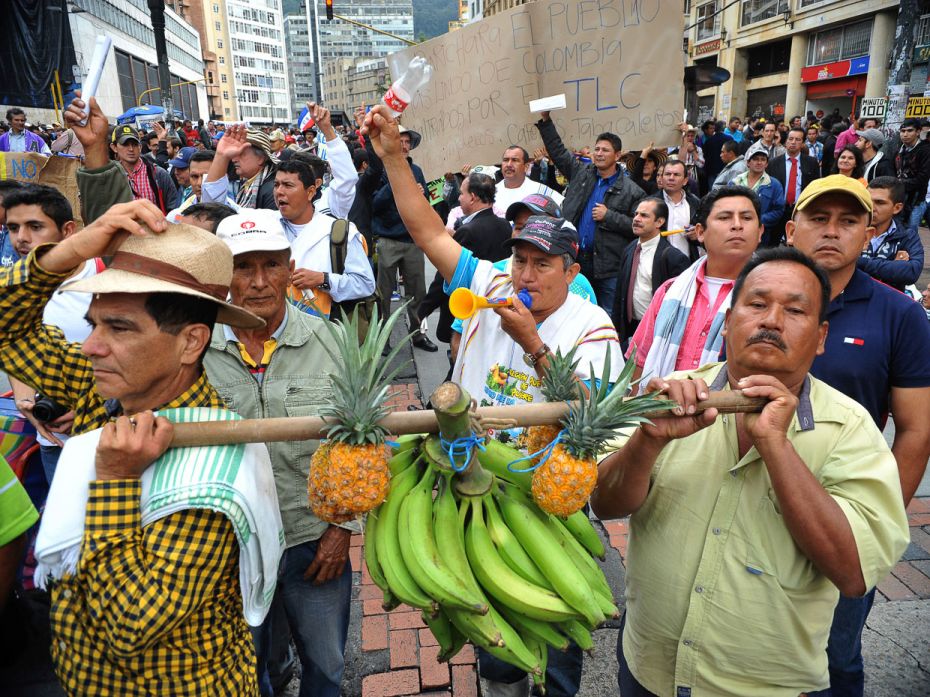
Image by : Gal Schweizer/LatinContent/GettyImages
COLOMBIA, 2013
Several thousand Colombian farmers marched through the streets of Bogota during a protest on December 03, 2013, in Bogota, Colombia. The farmers had said the government's agricultural policies were driving them to bankruptcy. According to them, the free trade agreements with the European Union (EU) and the US, which had recently come into force, were flooding the market with agricultural products at prices they were unable to match
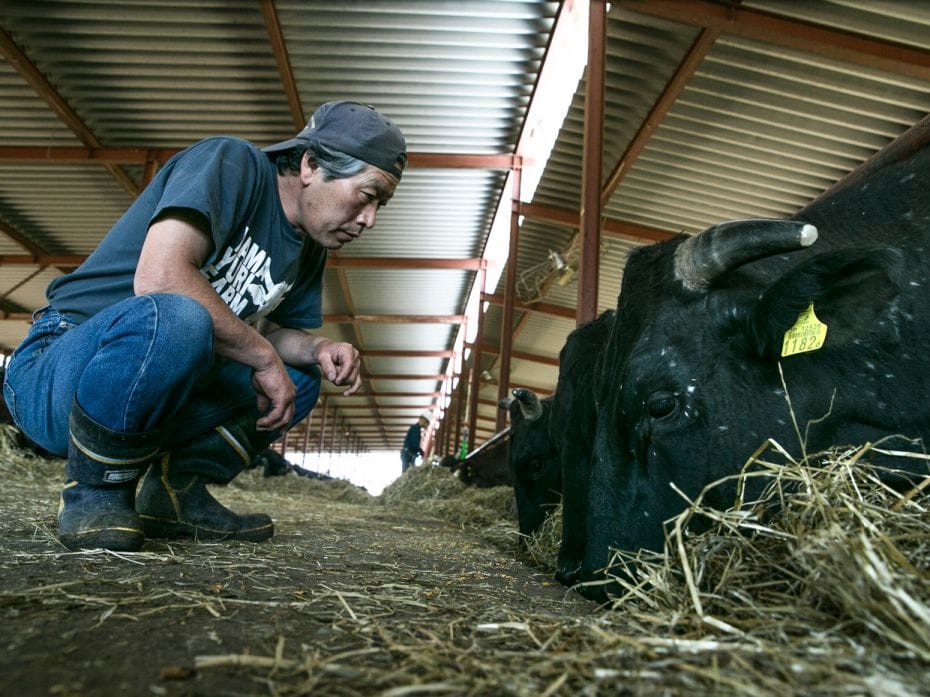
Image by : Paula Bronstein/Getty Images
JAPAN, 2014
Farmer Masami Yoshizawa gazes at cows at his cattle farm near the Exclusion Zone of the devastated Fukushima Daiichi Nuclear Power plant on May 11, 2014, in Namie, Japan. Yoshizawa, who runs the sanctuary "Ranch of Hope", for contaminated cattle, leads the movement to protect cattle that were left behind in the exclusion zone after the nuclear disaster following the earthquake and tsunami in 2011.
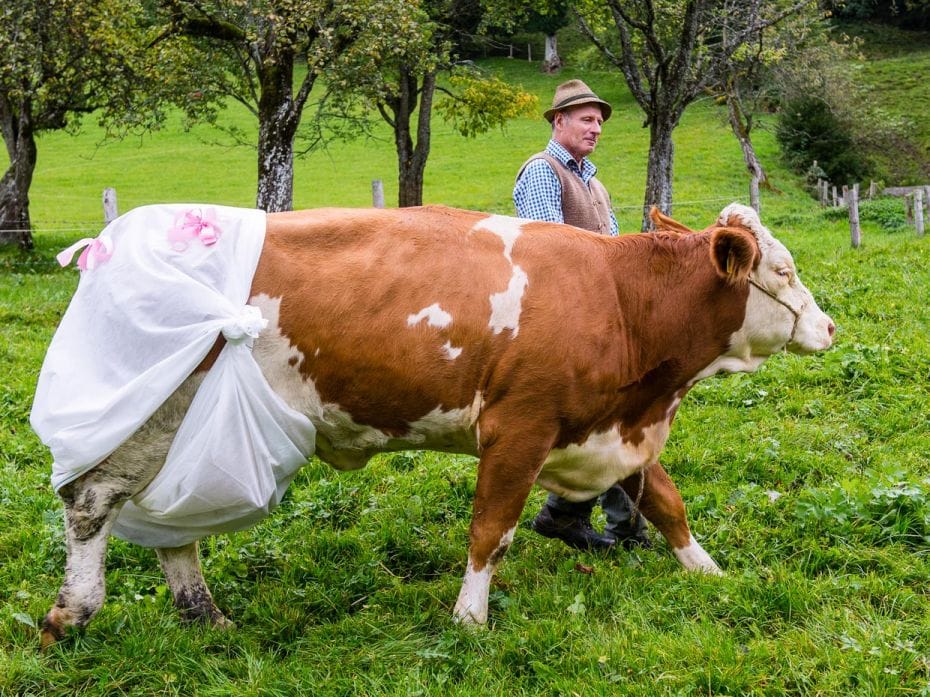
Image by : Marc Müller/picture alliance via Getty Images
GERMANY, 2014
Bavarian Farmer Johann Huber walks his diaper-wearing cow Doris in a protest in Gmund am Tegernsee, Germany on October 8, 2014. Huber was reacting to an EU regulation he believes would prevent him from fertilising his land using manure. The new EU regulations forbid manure from areas with a gradient of more than 15 percent
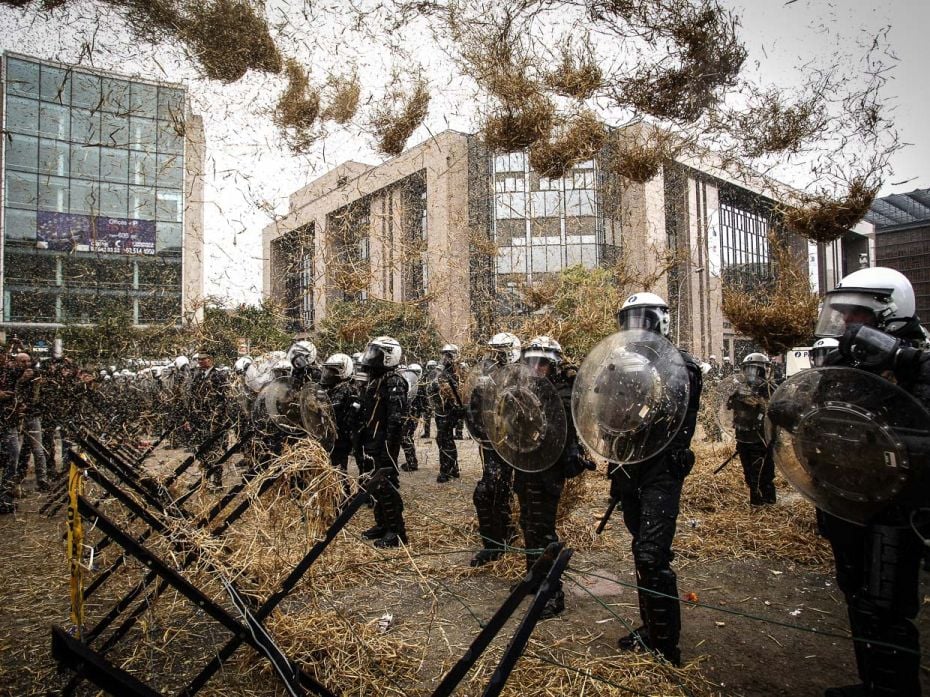
Image by : NurPhoto/NurPhoto via Getty Images
BELGIUM 2015
Farmers spray straws on police forces from a combine harvester during a demonstration in front of the European Commission building hosting an European agricultural ministers’ meet on September 7, 2015, in Brussels, Belgium. Thousands of angry European farmers set off fireworks, blared horns and blocked Brussels streets with tractors as they demanded emergency EU funds to help them cope with plunging food prices and soaring costs.

Image by : NurPhoto/NurPhoto via Getty Images
NICARAGUA, 2015
Indigenous Nicaraguans swim in the clear waters of Lake Cocibolca. When it became apparent that the route of the proposed Chinese-financed 278 km interoceanic canal project would displace and relocate the indigenous Nicaraguans, with the loss of their farms and their land, and would impact the protected San Miguelito wetlands and lake Cocibolca, a valued water resource, the support for the project dropped significantly

Image by : Ayhan Mehmet/Anadolu Agency/Getty Images
GREECE, 2016
Flames rise as Greek farmers stage a rally against pension reform—which would bring in tax hikes and a tripling of their social security contributions—in front of the Greek parliament at the Syntagma Square in Athens on February 12, 2016. The government says the changes are necessary to ensure future pensions for the farmers, whose benefits have so far been almost completely subsidised by the debt-ridden state.
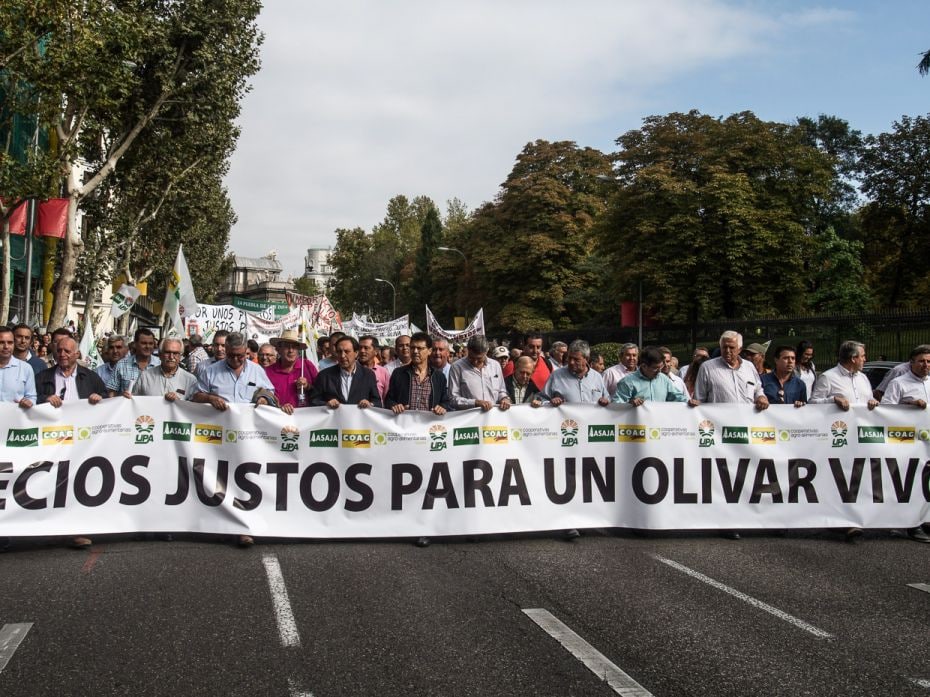
Image by : Marcos del Mazo/LightRocket via Getty Images
SPAIN, 2019
Olive oil producers marched to the Agriculture Ministry in Madrid, Spain on October 10, 2019, to denounce low prices of olive oil and against the 25 percent tariff that Spanish olives and olive oil will face in the US. The banner reads 'fair prices for a living olive grove'. The US is the world’s biggest consumer of olive oil outside of the EU, and consumes it to the tune of around 320,000 tonnes annually, according to Asoliva, the Spanish association of olive oil exporters. Of that, 120,000 tonnes or 37 percent comes from Spain.
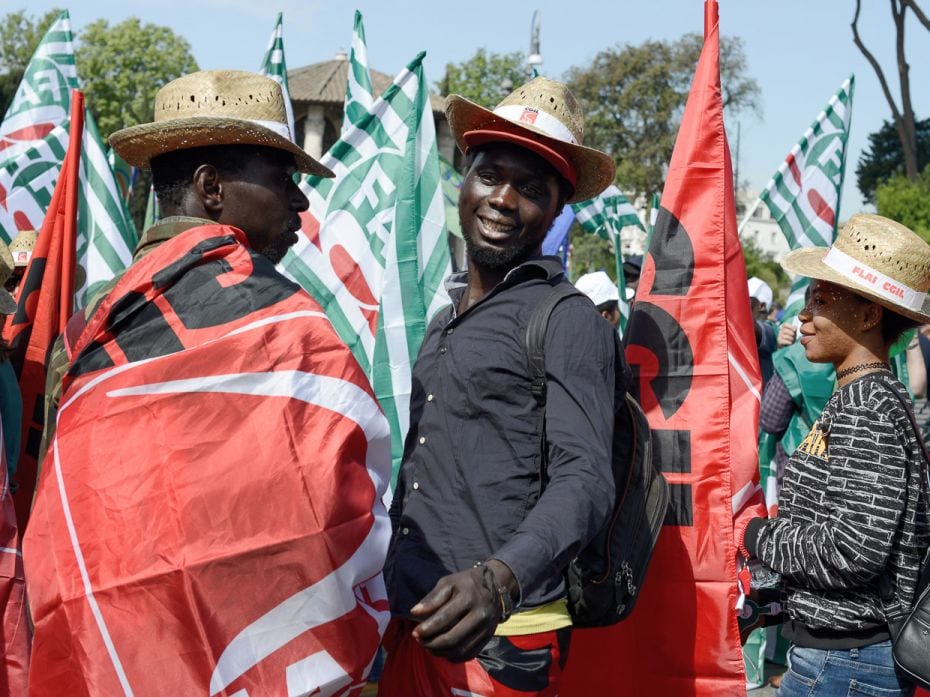
Image by : Simona Granati - Corbis/Getty Images
ITALY, 2019
Thousands of workers in the agricultural sector protest in a demonstration entitled "The roots of work" (Le radici del lavoro) on May 11, 2019 in Rome, Italy. Organised by agrifood unions Flai Cgil, Fai Cisl and Uila Uil, the demonstration brings attention to agricultural work and the food industry and calls for an increase in wages and renewal of national contracts. Italian agriculture has for many years been heavily reliant on migrant labour. Most of those picking crops in the Italian fields come from Africa. In the Italian south, the lives of foreign agricultural labourers are so cheap that many NGOs have described their conditions as a form of modern slavery





